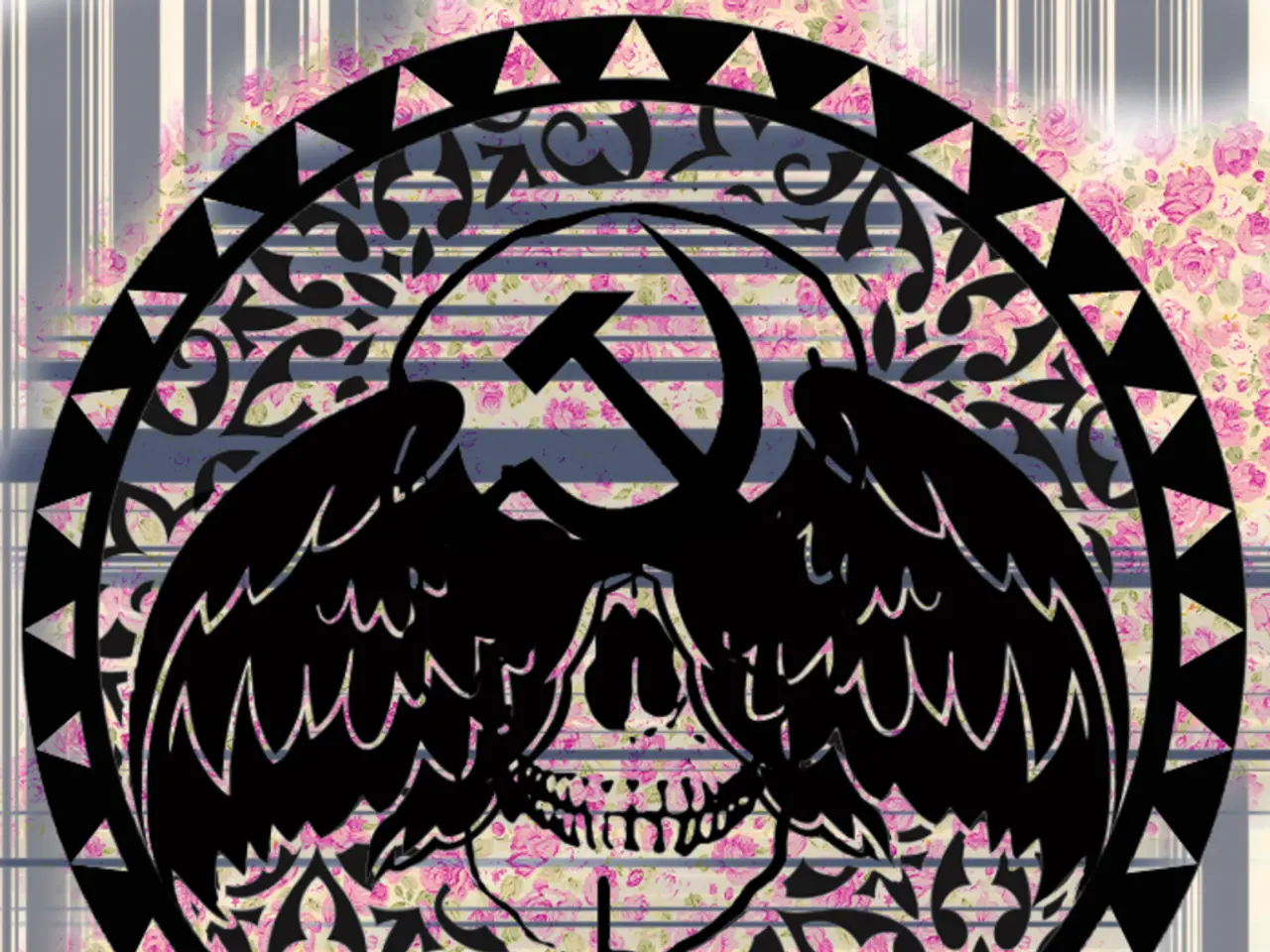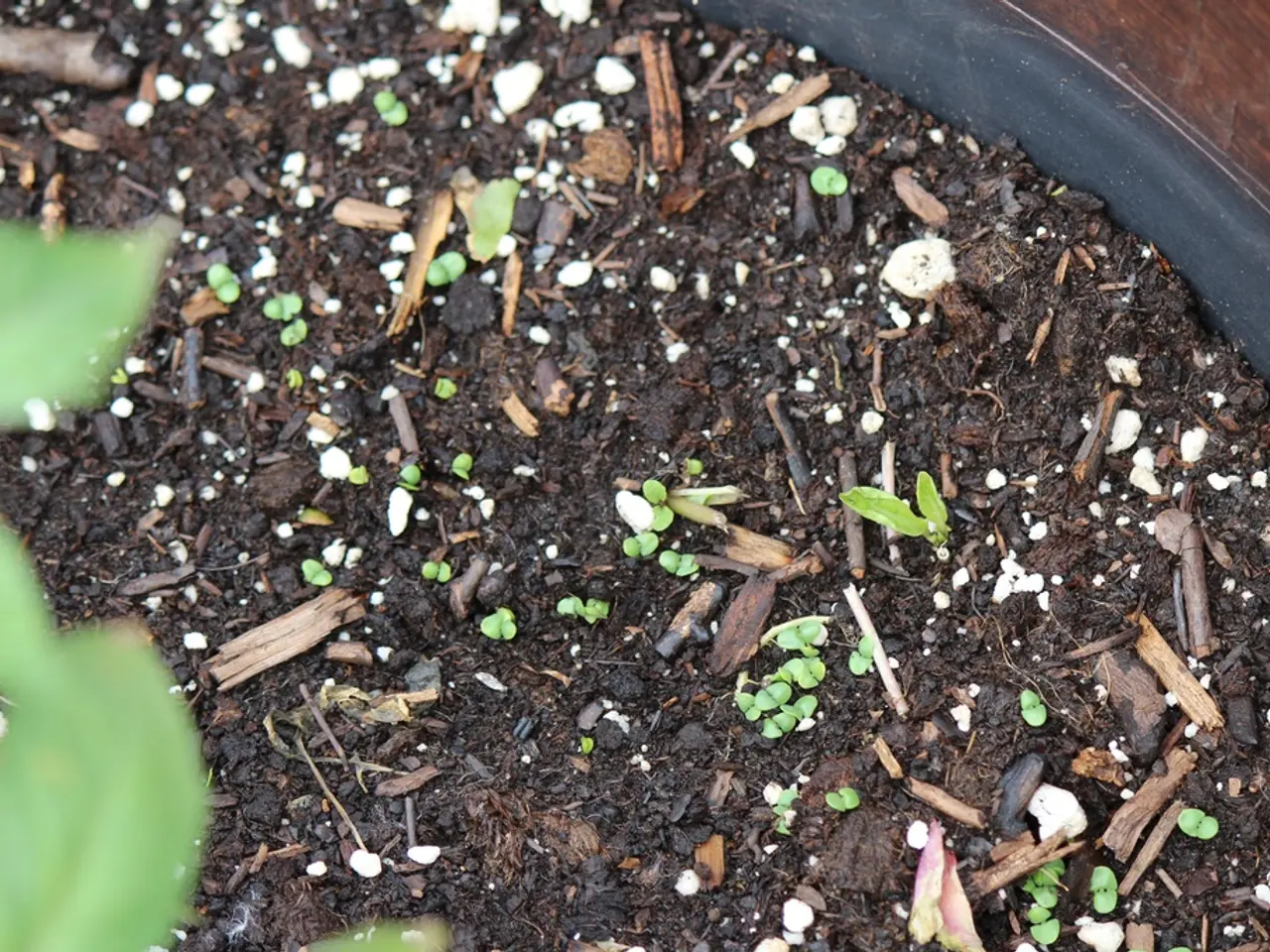Mental Health Symbol: Semicolon Signifies Endurance and Hope
In recent years, the semicolon has emerged as a powerful and poignant symbol in the fight against mental health stigma and the promotion of suicide prevention. This humble punctuation mark, often inked as a tattoo, has become a universally recognised emblem of hope, resilience, and solidarity for those affected by mental health issues.
The movement behind the semicolon, known as Project Semicolon, was founded in 2013 by Amy Bleuel, who tragically took her own life in 2017. The organisation was born out of Bleuel's tribute to her father, who struggled with depression and addiction. She got a semicolon tattoo on her wrist to symbolise that her father's story wasn't over, even though he was struggling with suicidal thoughts.
Over time, the semicolon gained popularity as a universal symbol for mental health awareness and suicide prevention. Its significance lies in its grammatical function: a punctuation mark used when an author could have ended a sentence but chose to continue it instead. This translates beautifully into the context of mental health, symbolising a pause, reflection, and the decision to continue life rather than end it.
The semicolon symbolises a pause rather than an end, encouraging individuals to keep moving forward, even when faced with mental health struggles. It serves as a powerful reminder of the importance of mental health support and the need to address suicidal thoughts. The semicolon tattoo or symbol has become a way for people to express solidarity and hope for others navigating similar challenges.
Moreover, the semicolon represents a sense of community and solidarity among those who have faced or are facing mental health challenges. It encourages people to share their stories and seek help. It's crucial to maintain and expand conversations about mental health and suicide prevention that the semicolon has helped initiate.
The semicolon is not the only symbol associated with mental health awareness; ribbon tattoos and certain flowers have also become popular ways to show support for mental health causes. However, the semicolon remains a powerful and enduring symbol in the mental health awareness movement.
It's essential to remember that every life has value, and support is available for those who are struggling with mental health issues. Together, we can write a future where mental health is prioritised, understood, and supported in all aspects of society.
References: [1] Project Semicolon (n.d.) About Us. Retrieved from https://www.projectsemicolon.com/about [2] Bleuel, A. (2013) The Story Behind the Semicolon Tattoo. Retrieved from https://www.huffpost.com/entry/the-story-behind-the-semi_b_3930819 [3] Mental Health America (n.d.) Semicolon Project. Retrieved from https://www.mhanational.org/issues/semicolon-project [4] National Alliance on Mental Illness (n.d.) Semicolon Project. Retrieved from https://www.nami.org/About-NAMI/Mental-Health-Awareness-Resources/Semicolon-Project [5] Mental Health Tattoo Ideas (n.d.) Powerful Symbols of Resilience and Hope. Retrieved from https://www.mentalhealthtattooideas.com/
- Project Semicolon, founded by Amy Bleuel in 2013, promotes mental health awareness and suicide prevention, using the semicolon as a symbol that represents a pause rather than an end, encouraging individuals to keep moving forward despite mental health struggles.
- The semicolon's significance lies in its grammatical function, acting as a pause in a sentence, reflecting the context of mental health struggles, symbolizing a decision to continue life rather than end it.
- The semicolon tattoo or symbol has become a way for people to express solidarity and hope for others navigating similar challenges, fostering a sense of community and solidarity among those who have faced or are facing mental health issues.
- The semicolon, alongside ribbon tattoos and certain flowers, is one of several symbols associated with mental health awareness, playing a crucial role in initiating and expanding conversations about mental health and suicide prevention in society.




